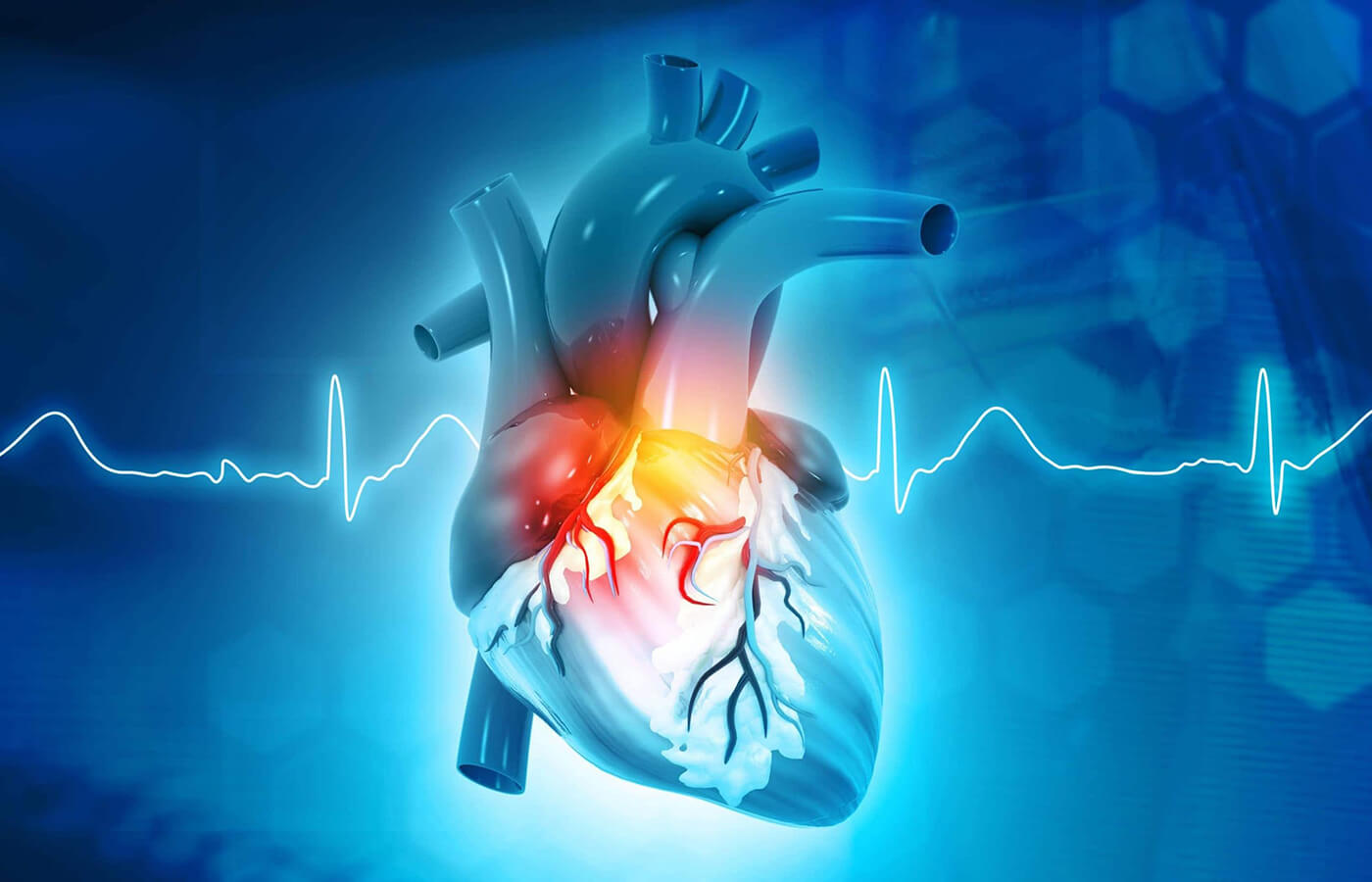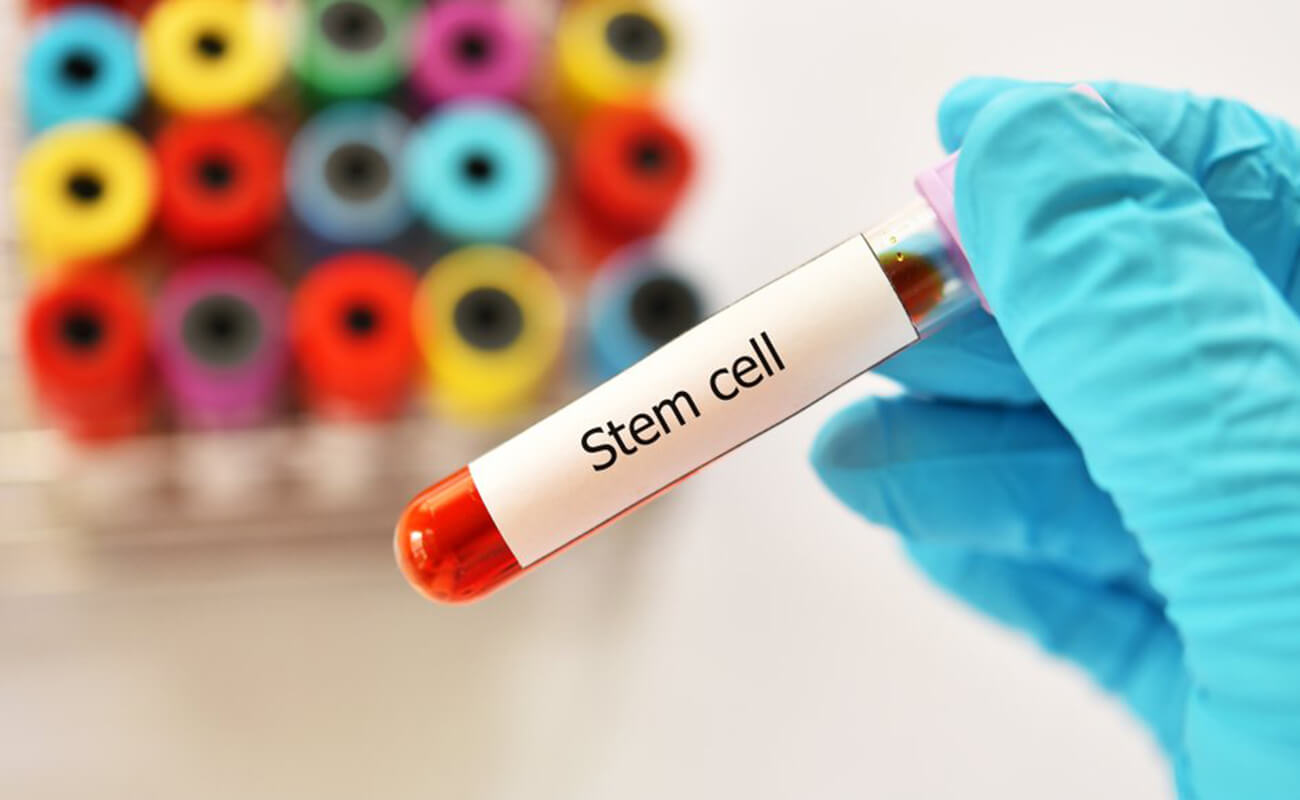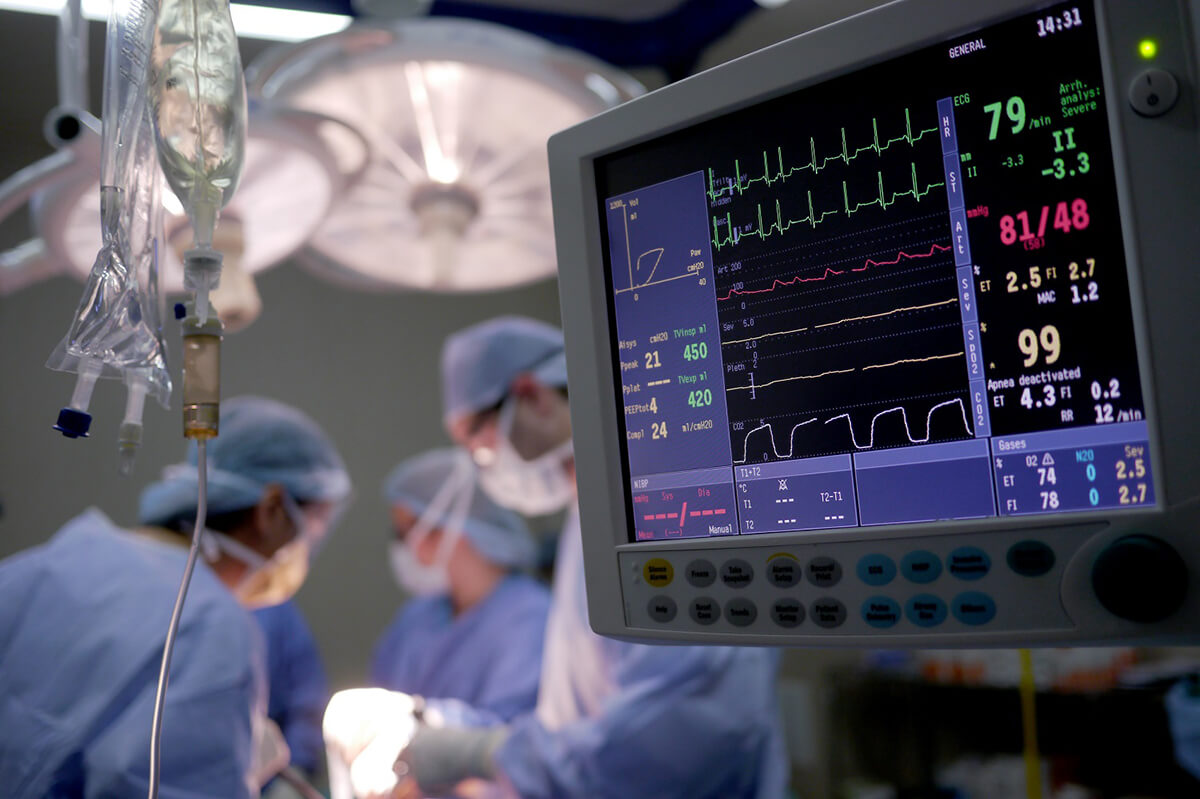Calls for Ukraine
Calls for Europe
Calls for USA

Coronary artery bypass grafting (CABG) is an operation that is used for significant circulatory disorders in the coronary vessels of the heart. Such surgery is recommended in the late stages of coronary heart disease and in the post-infarction state.
Ischemic heart disease, also called coronary heart disease (CHD) or coronary artery disease is one of the most common circulatory diseases. With this pathology, the coronary vessels are greatly narrowed, which prevents the normal flow of blood to the heart. This can occur as a result of inflammatory processes or blockage of blood vessels by atherosclerotic plaques. When the lumen of the vessel is greatly reduced, surgical intervention is required.
Cardiovascular diseases are the leading cause of death in developed countries. At the same time, statistics show that clinical forms of coronary artery disease are found in 15–20% of the adult population. If mortality from vascular diseases is considered, then the first place among them is occupied by coronary artery disease. Bypass surgery restores blood circulation in the late stages of coronary disease, when therapeutic treatment is ineffective.
Heart bypass is a surgical intervention during which additional pathways are created for blood flow to bypass the affected coronary vessel. A small fragment of a healthy vessel is taken from another part of the body and a shunt is made with its help. The vessel is sutured to the coronary artery above and below the blockage, after which the blood begins to flow through it. Thus, the normal blood circulation of the myocardium is restored. In this case, the narrowed vessel is not removed, but continues to participate in blood circulation.
This is a complex operation that was previously performed with cardiac arrest and the connection of cardiopulmonary bypass. Modern techniques make it possible to perform surgery on a beating heart. This reduces the risk of complications, such as blockage of blood vessels and inflammatory processes.
The need for coronary bypass surgery arises when there is a narrowing of the lumen of the artery by 60% or more. In such cases, endovascular methods of surgery (stenting of coronary vessels) can also be prescribed. But there are situations when heart stenting is not suitable, and CABG is required. A cardiac surgeon should weigh the pros and cons of shunting and choose the optimal method of surgical treatment, taking into account the characteristics of vasoconstriction and the severity of the patient’s condition.
Installation of a shunt on the coronary arteries is recommended:
Surgeons make shunts for surgery from the patient’s biomaterial. Depending on where the shunt vessel is taken from, doctors distinguish:
Endoscopic techniques may be used to remove the desired vessel for bypass, or an incision in the skin and tissues as long as the vessel is needed may be made to remove the desired vessel.

Modern medicine is constantly looking for ways to improve the effectiveness of disease treatment, using innovative approaches. One of these approaches is combined treatment, when coronary artery bypass grafting is performed simultaneously with stem cell transplantation. At the beginning of the operation, the patient’s stem cells are taken. They are processed accordingly and then, during the bypass operation, the stem cells are injected into the myocardium.
Studies have shown that the introduction of stem cells into the heart during surgery improves the condition of the myocardium. Cell therapy accelerates regeneration processes and improves the ejection fraction of the left ventricle. This combined approach gives better results compared to conventional shunting and has a positive effect on prognosis.
In addition, the use of mesenchymal stem cells is possible in the early stages of coronary artery disease. In this case, the drug is administered intravenously and is used in combination with drug treatment. This use of cell therapy improves the condition of blood vessels and avoids surgery.
You can learn more about the use of stem cells in cardiovascular diseases by contacting the medical coordinator of MedTour company.
The operation is done under general anesthesia and lasts 3-4 hours.

The cost of bypass surgery can vary markedly depending on a number of parameters. Pricing is affected by:
To calculate the estimated price for bypass surgery, contact the medical coordinator of the MedTour company.
Coronary artery bypass surgery is a rather dangerous operation, which has its own contraindications and complications. The most common complications include: vascular thrombosis, stroke, myocardial infarction, infectious processes in the surgical area.
However, during operations on a beating heart, the likelihood of complications is significantly reduced.
Rehabilitation after CABG may vary in duration. If the heart stops, then it takes more time to recover. For beating heart surgery, the patient can be discharged after 4-10 days. Full recovery takes approximately 1.5-3 months.
Statistics show that in 70% of those operated on after bypass surgery, the symptoms of coronary artery disease completely disappear. And in 20%, the general condition improves significantly. If cell therapy is additionally applied, then the probability of a positive prognosis increases even more.
Life expectancy after CABG depends on age, the presence of chronic diseases, on how the patient will follow the recommendations of doctors, and on a number of other factors. Leading specialists perform heart bypass surgery in many cardiology centers. MedTour will help you choose a clinic and find surgeons who specialize in such operations.
If you want to undergo stem cell treatment, you can contact Dr. Andrey Kovalchuk. This is a Ukrainian surgeon, candidate of medical sciences, who is engaged in regenerative medicine and uses cell therapy in the treatment of various diseases, including heart diseases.
You can sign up for an online consultation with Dr. Kovalchuk!
Can I play sports after installing a heart bypass?
In the first days after the operation, rest is needed. Then you can gradually increase physical activity, walks are allowed, you can do simple housework. For 3 months, you can not lift more than 5 kg. Physical activity should be increased gradually.
Sports activities after the recovery period are usually allowed, but the type of sport and the number of loads must be discussed with the cardiologist in advance.
How is bypass surgery different from cardiac stenting?
A bypass is an operation during which the surgeon installs a shunt, and thus creates an additional path for blood to bypass the narrowed vessel. During stenting, a stent is installed in the affected vessel, with the help of which the lumen of the vessel expands.
Both shunting and stenting allow patients to restore blood circulation to the heart. Each of these operations has its own indications and contraindications, therefore, it is necessary to choose the method of surgical intervention individually, taking into account the characteristics of health.
How can cell therapy in the early stages of CHD help avoid bypass surgery?
The use of regenerative cell therapy in the early stages of coronary heart disease can stop the process of vascular blockage. Stem cell therapy leads to a decrease in the level of lipids in the blood, a decrease in inflammation of the walls of blood vessels, and activation of regenerative processes. This leads to an improvement in the condition of the vessels and avoids surgery.
Please rate the work of MedTour
